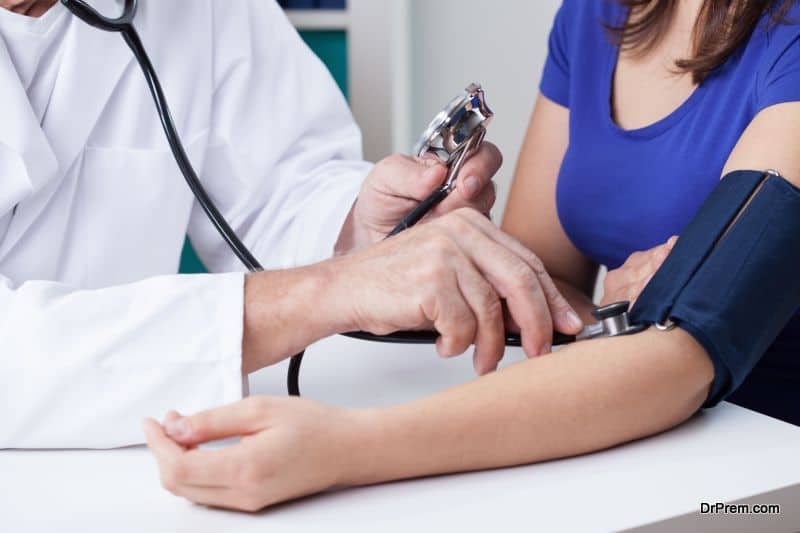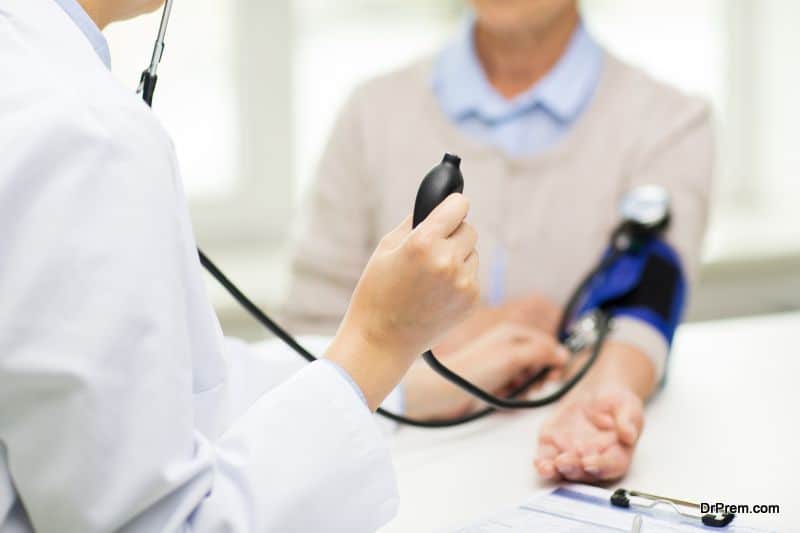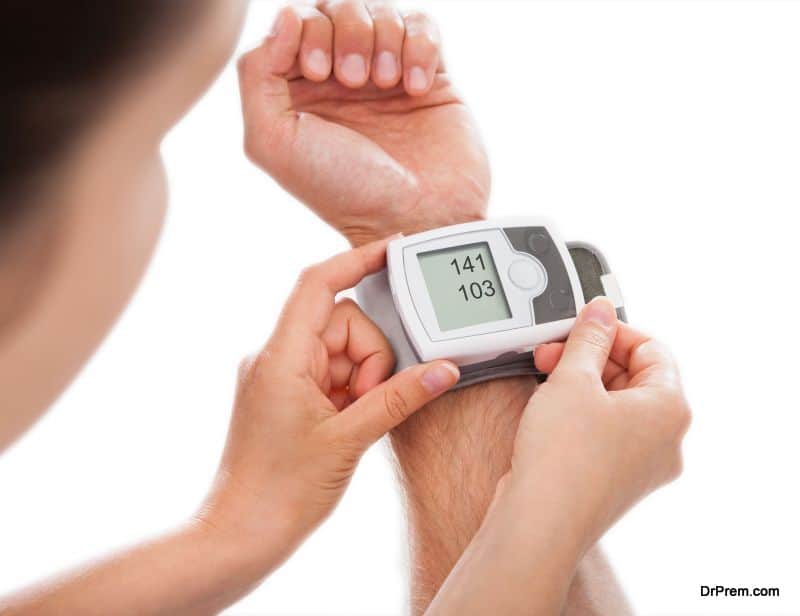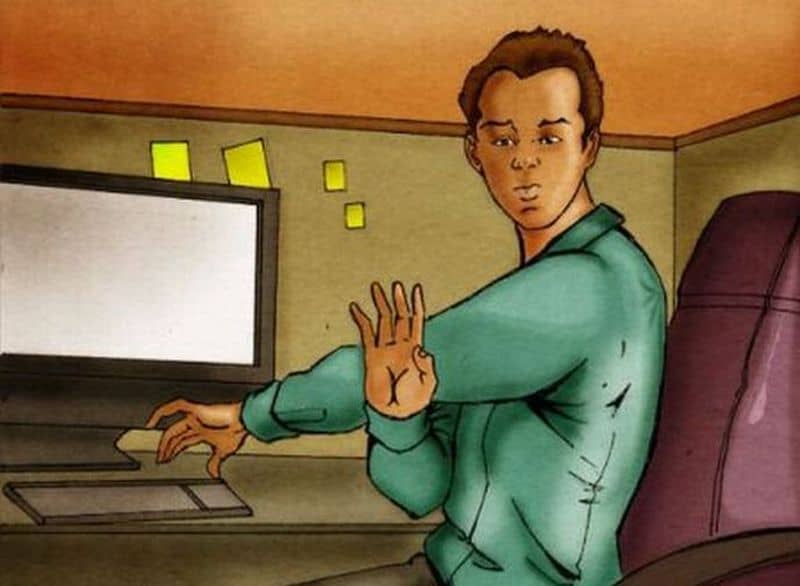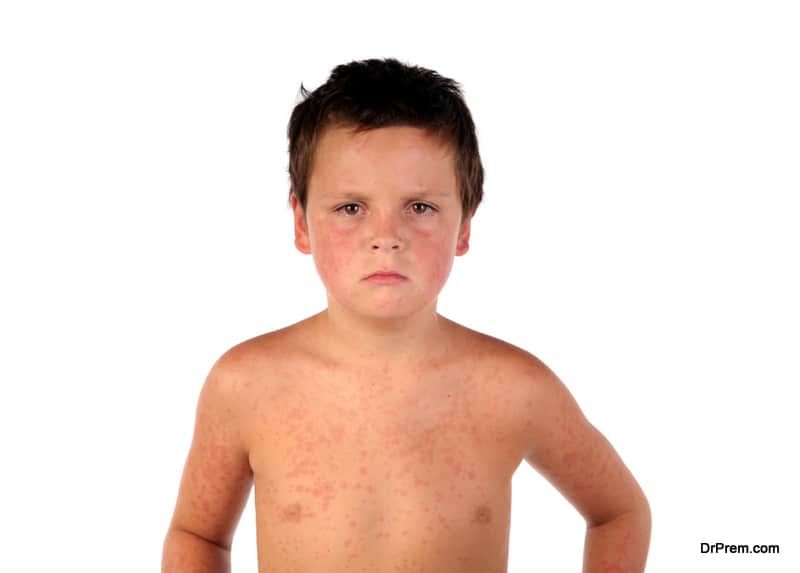Lower is not always better when it comes in dealing with high blood pressure or Hypertension. This may sound little bizarre when hypertension has turned out to be a global epidemic. Persistent blood pressure reading above 120/80 mm Hg is considered to be at the higher level and the sufferer is hypertensive.
All you need to know about hypertension overtreatment
-
Improper diagnosis leading to overtreatment
-
Outdated practice leading to misdiagnosis
-
Call for the extended in-office BP Monitoring system
-
The Best way out

People suffering from mild hypertension are also subjected to overtreatment which does not yield better results. About 40% of global adult population suffers from hypertension and 60% of them belong to the mild hypertensive group. Antihypertensive drugs do carry some risks and produce unwanted side effects. The objective is the minimal usage of these drugs to avoid overmedication.
Improper diagnosis leading to overtreatment:
A startling report is revealed by the University of Montreal Hospital Research Centre. About 1/5th of the Canadian population undergoing hypertension treatment are not hypertensive at all. Many of them suffer from white-coat hypertension. What is even worse that the method of treatment itself is obsolete.
A general physician in Canada has seriously advocated improved blood pressure monitoring standards to reduce unnecessary medication intake. Here around 50 % of family physicians employ old fashioned procedures for measuring blood pressure of patients.
This leads to a total misdiagnosis and a large number of patients have been adversely affected by overtreatment. The use of outdated instruments is far from the recommended procedure that may cause serious consequences.
Outdated practice leading to misdiagnosis:
Traditional ways to measure blood pressure is a routine practice among doctors leading to higher chances of misdiagnosis. A study conducted in 2016 by Dr. Kaczorowoski and his team revealed surprising results.
Around 52 % of the physicians are still employing tension meters which are operable manually to measure blood pressure. They care least about upgraded blood pressure monitoring devices which are automatic with an improved performance. Moreover, these efficiently designed medical equipments are recommended by the Canadian Hypertension Education Program Guidelines since 2016.
The primary reasons for doctors being reluctant to use automated blood pressure monitors is their prohibitive prices. Many physicians are not acquainted with the application of these upgraded devices altogether. These modern devices are costly but they do have a certain level of accuracy and are reliable for measuring blood pressure.
Call for the extended in-office BP Monitoring system:
To get an accurate picture of hypertension, it is imperative to rule out white coat hypertension that often leads to misdiagnosis. According to a study carried out in 2008, it was conclusively stated that white coat syndrome is a clinical disorder culminating in erroneous treatment.
This is an artificially induced high blood pressure caused by a constant worry about health issues while waiting in a medic’s chamber. Automated office blood pressure monitoring for 30 minutes [OBP30] in a clinic may significantly lower the chances of hypertension overtreatment.
To get an accurate blood pressure number, a 12 to 15 minutes window is advocated. This is far too long a time for clinical visitors, and the consequences are bewildering which often leads to wrong treatment of the patient.
In OBP30, a 30 minutes window for measuring blood pressure is strictly adhered to. In a group research involving 201 patients with a mean age of 68.6, OBP30 was carried out. The results with OBP30 almost tallied with the 24-hour ambulatory blood pressure monitoring (ABPM).
Patients showed significantly lower OBP30 readings than that observed in normal OBP reading in a clinic. This included the patients not considered suffering from white coat hypertension. The marked difference in OBP30 and OBP readings was observed in patients above 70 years of age.
These findings are of immense significance. The general treatment trend is based on normal OBP readings which often may lead to overtreatment! Further researches are on to add more credibility to the above findings.
The Best way out:
Dr Lee Green, the notable AAFP member points out that the standardized OBP monitoring cannot be relied fully for proper diagnosis. One has to be very careful in demarcating between under treatment and overtreatment of hypertension.
Home BP monitoring, he suggests, can be very useful if the procedure is carried out properly.
A patient might well do it on his own at home after getting adequate training and using an automated device.
AOBP (Automated Office Blood Pressure) monitoring can provide more accurate results when the patient is left undisturbed while measuring blood pressure in the absence of white-coat donned doctors. Multiple readings within a reasonable time gap may provide more accuracy in determining the optimum blood pressure that a patient need to maintain as per their age and risk profile.


